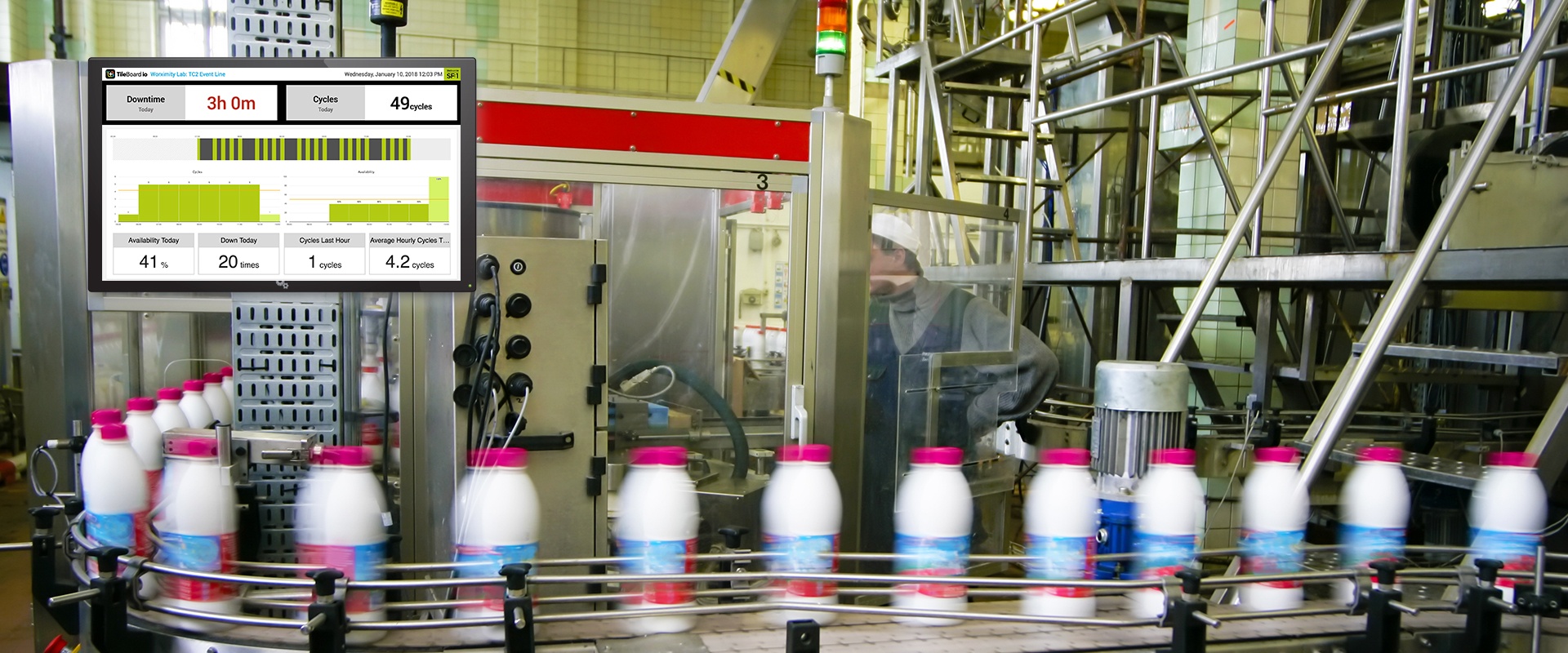Technologies like artificial intelligence, Internet of Things, cognitive automation and advanced robotics and analytics are infiltrating and disrupting the manufacturing at an incredible pace. Although many believe that these technologies will destroy multiple jobs, it is in fact likely to create more employment than it will eliminate as historical evidence demonstrates. Rather than job destruction, what the Fourth Industrial Revolution will bring is a mismatch between available workers and the skills required the vacant positions. Deloitte and The Manufacturing Institute anticipate that the number of unfilled jobs will reach 2 million in the US between 2015 and 2025. It is safe to say that the industry is facing some serious challenges. It must understand how today's jobs and skills are evolving into new career paths that are developing alongside advanced technology. So how does the industry prepare? What are the new must-have skills for this future workplace? How will it prepare the workforce to work jointly with robots and advanced technology?
Redefining manufacturing jobs
A team of experts from Deloitte has developed five personas that illustrate the potential profile of 2025 workers in order for executives in the manufacturing sector to better grasp where the workforce is headed. By having better knowledge of these different profiles, the leaders involved in the industry will be better suited to identify the changes that need to be made to better shape the future of their organization. The team that put together these personas, with insights collected from their research on skill gaps and the future of work in the manufacturing industry, was able to uncover some important themes:
Putting humans in the loop: By redesigning work architectures, increasing the amount of trainings and making changes in order to leverage technology, organizations are making considerable efforts to put their people on the forefront. It is not only a matter of cutting costs and removing repetitive tasks anymore. With this initiative, value is created for customers and greater meaning is added to currents workers.
Expanding digital and "soft" skills: While robots are being introduced to take charge of repetitive tasks, more emphasis is being put on skills that are unique to mankind, being soft skills. The World Economic Forum identified creativity, critical thinking and people management as part of the top essential 10 skills for the upcoming decade.
Leveraging the digital toolbox: With the rise of Industry 4.0, workers give greater importance to digital tools in order to adequately complete their work. The 2018 Human Capital Trends study puts forth the fact that productivity can be increased by the use of tools like collaboration platforms, work-based social media and instant messaging
Now that the dominant themes have been explained, we invite you to take a deeper look into the aforementioned personas.
- The digital twin engineer
- Predictive supply network analyst
- Robot teaming coordinator
- Digital offering manager
- Drone data coordinator
Visit Deloitte's original article here for more information.

















